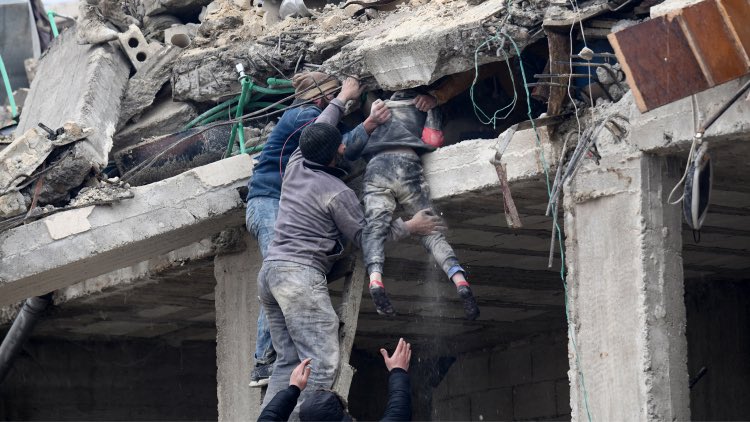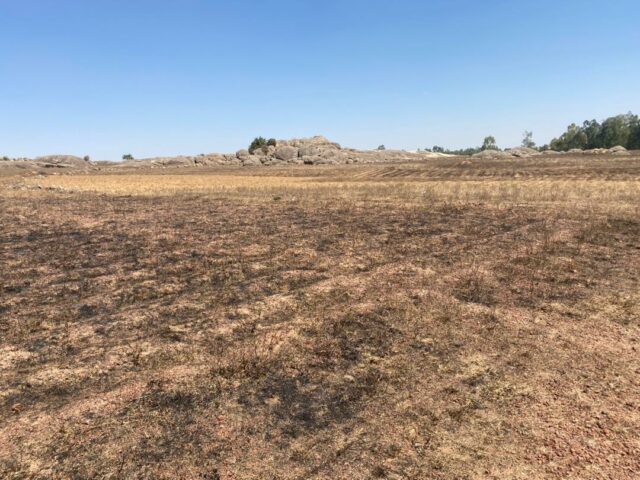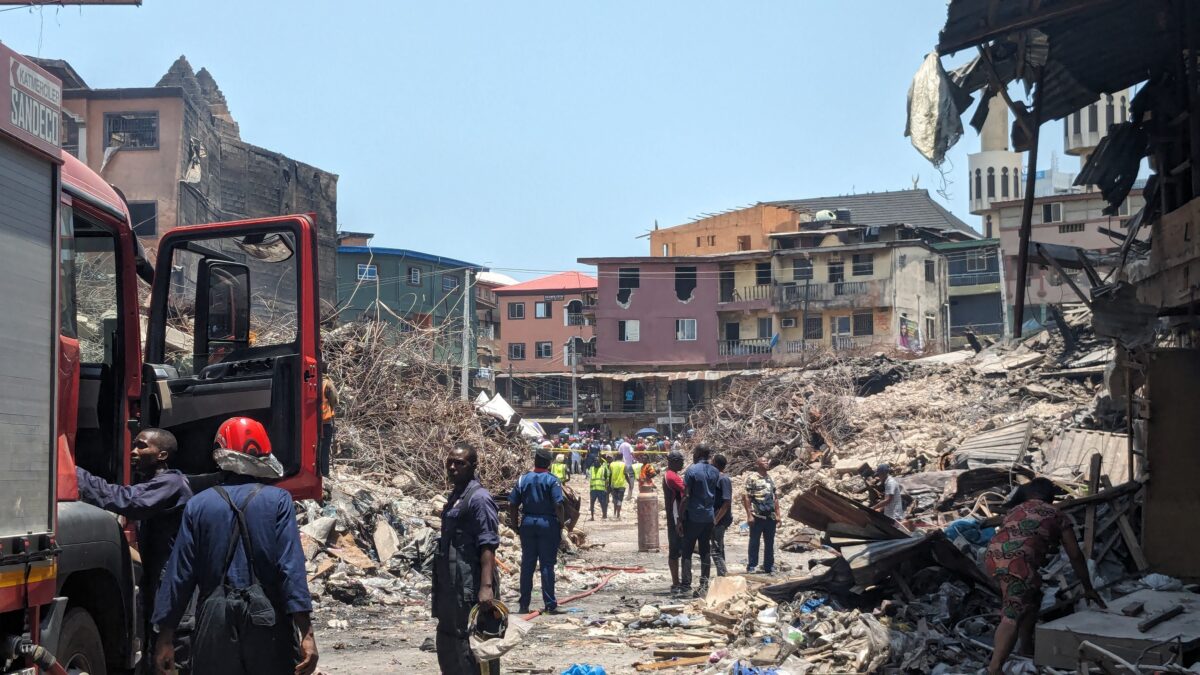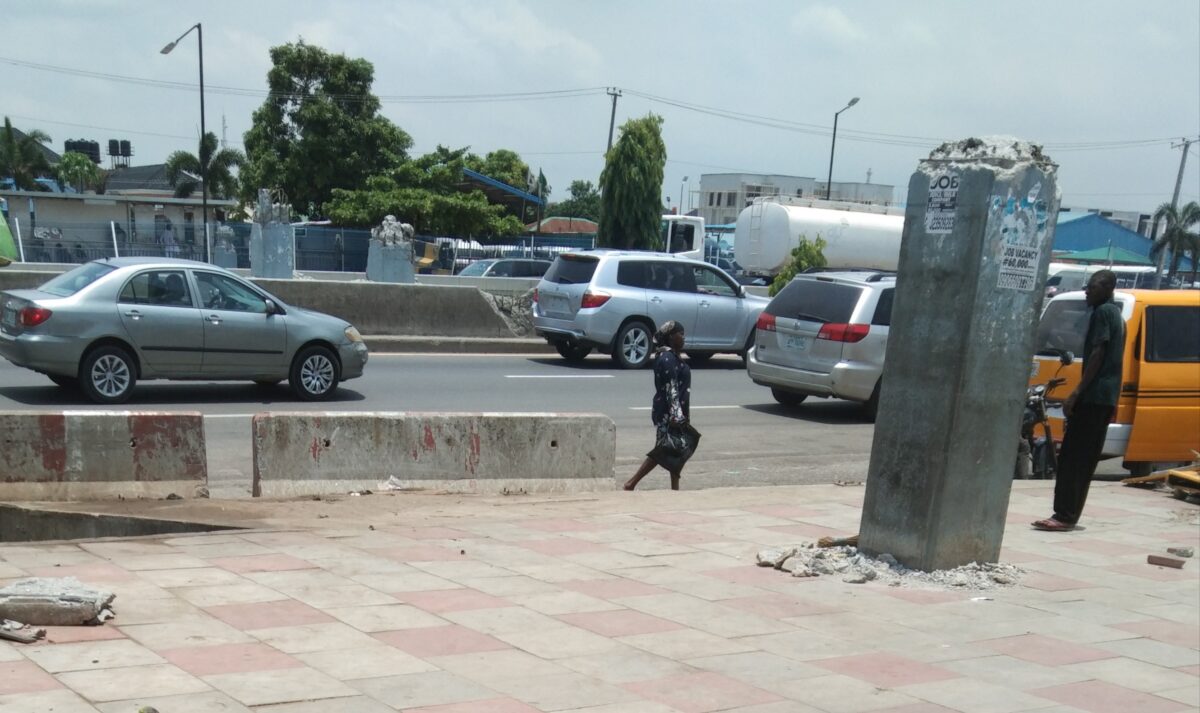Over 11,000 people have been confirmed dead in Turkey and Syria after two consecutive earthquakes hit cities close to the countries’ border on Monday morning. The death toll continues to rise.
Several tens of thousands are stuck under the rubble of buildings demolished by deadly geological pangs.
Monday’s first earthquake was a 7.8 magnitude tremor striking Turkey’s Gaziantep Province as early as 4 am. A 6.7 magnitude quake followed soon after and another 7.5 magnitude tremor hit Turkey on Monday afternoon. Dozens of destructive aftershocks have continued ever since.
Turkey’s deadliest earthquake on record was a 7.4 magnitude quake which killed over 19,000 people in August 1999. It pales still compared to the Shaanxi Earthquake of 1556, an estimated 8.0 magnitude earthquake, which killed more than 800,000 people.
So, why do earthquakes happen?
EARTH’S GEOLOGY
The study of the earth’s physical properties holds the answers to the very nature of earthquakes.
Plate tectonics is a scientific theory that explains earth’s crust and upper mantle rest on large tectonic plates which move slowly over time altering the look of earth’s surface. This theory provides an explanation to how our planet experiences new landforms due to subterranean movements.
READ ALSO: EXPLAINER: Why Putin’s Attack on Ukraine Could Mean World War 3
The National Geographic Society’s website states that these tectonic plates glide over a lower structure.
“Earth’s outermost layer, or lithosphere – made up of the crust and upper mantle – is broken into large rocky plates. These plates lie on top of a partially molten layer of rock called the asthenosphere,” National Geographic states.
“Due to the convection of the asthenosphere and lithosphere, the plates move relative to each other at different rates, from two to 15 centimeters (one to six inches) per year.”
Scientists claim that this interaction of tectonic plates is responsible for many different geological formations such as rifts, faults and mountain ranges.
The continental drift theory also relies heavily on the activities of plate tectonics. This theory argues that the earth once had a supercontinent which eventually split into continents drifting apart over millions of years.
WHAT FAULTS AND PLATES HAVE TO DO WITH QUAKES
Seismographs have allowed scientists to learn that earthquakes are recurrent in specific areas such as spreading ridges and oceanic trenches.
Oceanic trenches are deep and narrow troughs which mark where two tectonic plates meet.
Most earthquakes have been found to originate from Wadati-Benioff zones. Wadati-Benioff zones are patterns that dip deeper into the earth. These zones show older and denser seafloor areas affecting continental mass.
Mitiyasu Ohnaka, author of The Physics of Rock Failure and Earthquakes, agrees that “large shallow-focus earthquakes occur after one another along a tectonic plate boundary”.
“Large shallow-focus earthquakes cannot occur everywhere in the Earth’s crust. The occurrence of such earthquakes is restricted only to the regions where an adequate amount of elastic strain energy is accumulated. More specifically, such earthquake ruptures occur selectively along mechanically weak junction planes (or zones), such as tectonic plate boundary (inter-plate) faults and preexisting active (intra-plate) faults embedded within tectonic plates in the regions where an adequate amount of elastic strain energy is accumulated,” he said.
READ ALSO: How to Access Medical Info, Contact Relatives on a Victim’s Locked Phone in an Emergency
To put it simply, the earth’s crust is constantly pushing (and pulling) against (and away from) itself. The tectonic plates allow the constant movement over many years.
Pressure builds up within the earth’s crust and pent-up energy is released to let the earth relieve itself. Earthquakes occur deep in the earth’s crust, but the tremors closer to the surface wreak havoc on buildings and cities.
Turkey, for instance, is sitting on the Anatolian, Eurasian and Arabian tectonic plates.
According to Stephen Hicks, a seismologist, the 7.8 magnitude earthquake that struck Turkey “seems to be related to the East Anatolian Fault zone that offsets” both Arabian and Anatolian tectonic plates.
HOW HUMANS INVITE EARTHQUAKES TO STRIKE
It has been implied that human activities sometimes induce earthquakes in some regions. Geologists believe this to be true in some instances.
Earthquakes may happen after people have forcefully affected some naturally occurring physical characteristics of the earth.
Activities such as deep mining, filling up deep wells with fluids, reconstructing naturally occurring reservoirs and underground experimentations including powerful explosions can increase seismic activities.
“In the case of deep mining, the removal of rock produces changes in the strain around the tunnels. Slip on adjacent, preexisting faults or outward shattering of rock into the new cavities may occur,” britannica.com states on the topic of artificially induced earthquake.
“In fluid injection, the slip is thought to be induced by premature release of elastic strain, as in the case of tectonic earthquakes, after fault surfaces are lubricated by the liquid. Large underground nuclear explosions have been known to produce slip on already strained faults in the vicinity of the test devices.”
READ ALSO: EXPLAINER: How SWIFT Ban Will Impact Russia
CREATIVE DISASTER
Earthquakes are, first and foremost, natural disasters. These natural disasters are also markers of the earth’s physical evolution.
Earthquakes are symptoms of the production of new geological characteristics on our planet. As long as the earth has a partially molten asthenosphere, the earth’s crust will continue to move and signs such as earthquakes will accompany those movements.
Scientists continue to work on better ways to avoid disasters such as Turkey and Syria.
Seismologists couldn’t quickly determine the seriousness and timeliness of the earthquakes on Monday. The absence of a reliable forecast and the fact that the affected area was a populated area made this earthquake incident a major disaster.
Prediction and forecast are separate areas of focus in the study of earthquakes.
In time, scientists hope to improve the forecast of dangerous tremors with precision to warn cities just before earthquakes hit them.
Subscribe
Be the first to receive special investigative reports and features in your inbox.















